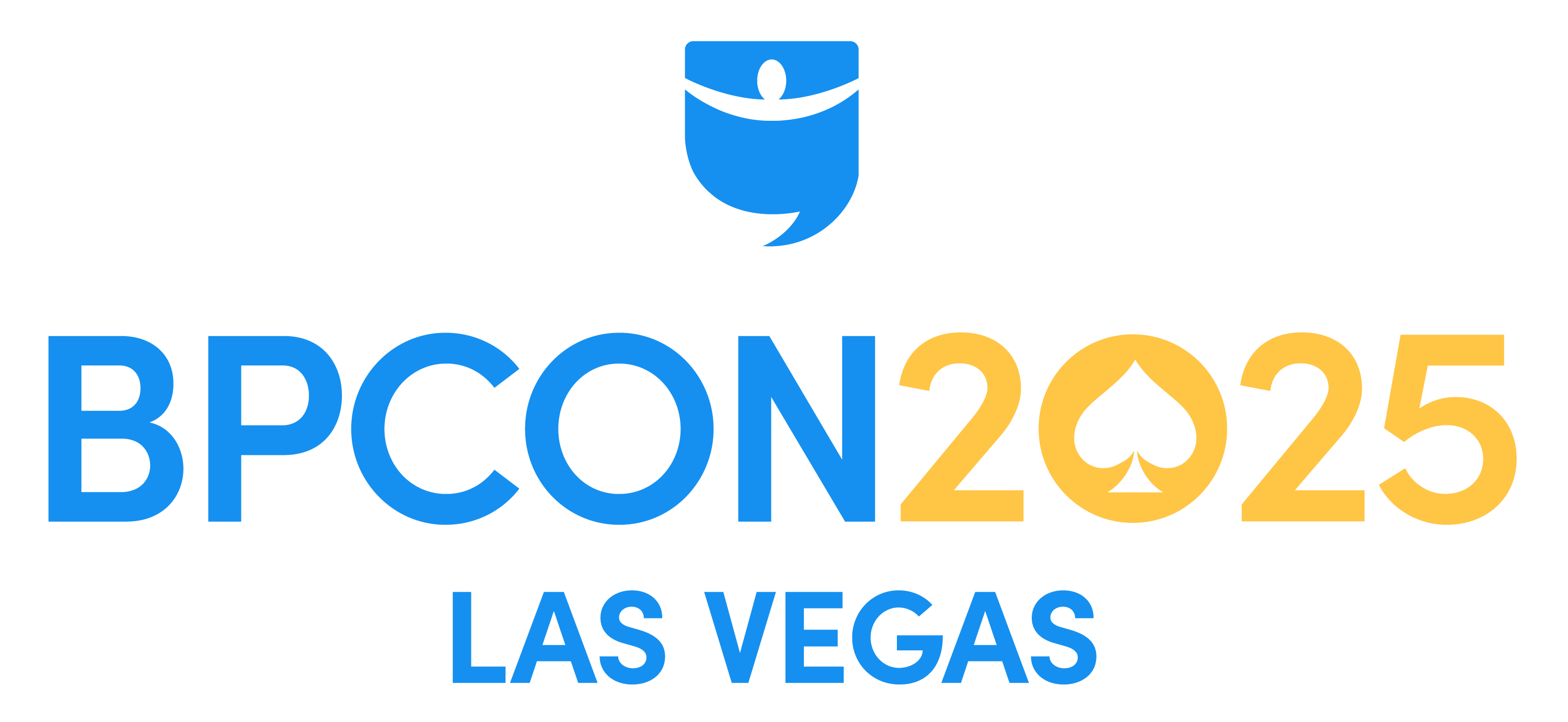Mortgage rates have stayed stubbornly high in 2025, and while some people keep waiting for relief, I don’t think it’s coming as quickly—or as dramatically—as many hoped. We’re now well into the second half of the year, and it’s a good time to revisit what’s going on, why rates remain elevated, and what I think will happen next.
As of late July, the average 30-year mortgage rate is sitting at around 6.8%. That’s down from the 7.15% we saw in January, and technically at a three-month low. But let’s not kid ourselves: These are still high rates compared to pre-2022 levels, and they haven’t dropped enough to restore transaction volume or make cash flow pencil out for most investors.
I’ve said this before, and I’ll say it again: I expect mortgage rates to stay in the 6% range for most of 2025. Back in December, I predicted we’d finish the year somewhere in the mid-6s, and that’s still my base case. Sure, that’s not what many others were forecasting—they were more optimistic—but if you zoom out and look at the bigger macro picture, this trajectory makes sense.
Why Mortgage Rates Haven’t Fallen
One of the biggest misconceptions I see online is that the Federal Reserve controls mortgage rates directly. That’s not how it works. The Fed sets short-term interest rates, but mortgage rates are far more influenced by the bond market, which cares about inflation, recession risk, and government debt levels.
So far this year, we’ve seen mixed signals. On the positive side, corporate earnings have held up, the labor market remains relatively healthy, and inflation hasn’t surged. But on the downside, consumer sentiment remains shaky, debt delinquencies are creeping up, and there’s been a noticeable flight from U.S. assets, especially long-term Treasuries.
All this leads to a kind of economic tug-of-war. Some investors fear inflation; others are more worried about a recession. That uncertainty is keeping yields—and by extension, mortgage rates—stuck where they are.
The Second Half of 2025: What Could Change?
Looking ahead, I’m watching a few major macroeconomic forces that could shape the mortgage rate outlook.
First, there are tariffs. They’re a big deal, even if markets are under-reacting. These are effectively taxes paid by American businesses and consumers. There was a brief import rush to front-load goods before the tariffs hit earlier in the year, but the inflationary impact is likely to show up in the months ahead. This could spook bond markets and keep yields elevated.
Second is labor. The job market still looks good overall. Continued unemployment claims have ticked up, but initial claims remain low. That gives the Fed some room to maneuver, but it doesn’t necessarily compel them to slash rates.
And then there’s the wild card: the Federal Reserve’s leadership. Jerome Powell’s term ends in February 2026, and President Trump has made it clear he wants someone else at the helm. We’ve already seen open criticism and even discussions of firing Powell before his term ends. That kind of political pressure is unprecedented in modern U.S. history and raises serious questions about the Fed’s independence.
If a new Fed Chair is appointed—someone like Kevin Hassett or Christopher Waller, who lean dovish—we could see a more aggressive approach to rate cuts. But that doesn’t necessarily mean mortgage rates will fall.
The Fed Can Cut, But Will Mortgage Rates Follow?
Let’s say the new Fed Chair cuts the federal funds rate. That affects short-term interest rates, like credit cards and car loans. But for mortgage rates—which are tied more closely to the 10-year Treasury yield—there’s another story.
If markets believe the Fed is cutting rates for political reasons or ignoring inflation risks, they may lose confidence. And when that happens, long-term rates can actually rise.
In other words, a rate cut could lower the cost of overnight borrowing, but push up the cost of 30-year loans if investors worry about inflation. We saw this disconnect in late 2024, when the Fed cut rates by 1%, and mortgage rates still went up. That’s a perfect example of how deeper macroeconomic forces can overpower Fed policy.
Forecasts and My Outlook
Most major forecasters agree: We’re not going back to 3% or 4% mortgage rates anytime soon. Fannie Mae projects rates to hover around 6.7% this year, dipping slightly to 6.5% by Q4. The Mortgage Bankers Association and National Association of Home Builders (NAHB) share similar views—mid-6s, maybe high-5s if we’re lucky.
I’m holding steady with my forecast: 6.4% to 6.9% through the rest of 2025. Even if the Fed cuts rates modestly, I don’t expect mortgage rates to respond dramatically. The bond market just isn’t set up for a major decline in yields right now.
Let’s talk about why.
Long-Term Debt Is Keeping Rates High
The U.S. government is drowning in debt. The national debt was reset to $36 trillion in early 2025, with almost $29 trillion of that publicly held. This massive debt load means the Treasury has to issue more bonds to finance spending, which increases supply and forces yields higher to attract buyers.
At the same time, interest payments on the debt are exploding. By the end of this year, we could see interest consume nearly 18% of federal revenues—more than double what we were spending just a few years ago.
This creates a vicious cycle: More debt means higher interest payments, which leads to more debt issuance, which raises rates further. Investors are now demanding higher term premiums—basically extra compensation—for holding long-term U.S. debt. And because mortgage rates are closely tied to long-term Treasuries, this keeps borrowing expensive.
Could QE Come Back?
One theoretical way to bring rates down would be to restart quantitative easing (QE), where the Fed buys bonds to push yields lower. But that comes with enormous risks. If investors perceive this as the Fed “printing money” to help the government or juice the economy before an election, we could see a complete loss of market confidence.
That would likely backfire. Instead of rates falling, they could spike as investors dump Treasuries or flee to inflation hedges. Credibility is everything for the Fed. Once it’s lost, it’s very hard to get back.
My Advice for Investors
If you’re buying real estate or refinancing in 2025, plan for mortgage rates in the 6% range. I don’t see a sharp drop coming. Yes, there’s always a chance for some upside surprise, and if rates fall more than expected, you can always refinance later.
But I wouldn’t bet your entire strategy on rates going down. Make deals work in today’s environment. Fixed-rate debt is still a good hedge against uncertainty, and real estate investors who stay active, flexible, and informed are going to be in the best position, no matter what happens next.
Hope for the best—but plan for the mid-6s to be the new normal.
A Real Estate Conference Built Differently
October 5-7, 2025 | Caesars Palace, Las Vegas
For three powerful days, engage with elite real estate investors actively building wealth now. No theory. No outdated advice. No empty promises—just proven tactics from investors closing deals today. Every speaker delivers actionable strategies you can implement immediately.








Recent Comments